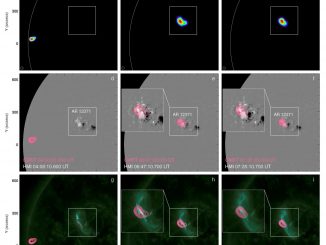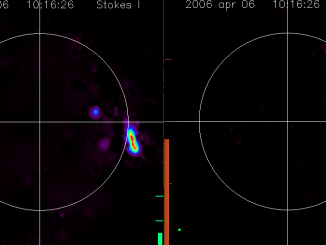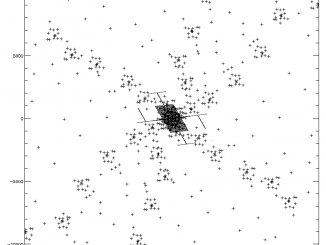Decimetric emission 500 arcseconds away from a flaring site: Possible scenarios from GMRT solar radio observations
by Bisoi et al.*
The displaced positions of radio sources away from the true source locations are usually observed in radio images at metric and decimetric wavelengths (Duncan 1979, Benz et al. 2002, Kundu et al., 2006, Kontar et al., 2017, Mann et al., 2018). The displaced radio source location is the apparent source position, that result from the scattering of radio waves (Kontar et al. 2017) or by coronal propagation effects (Mann et […]



